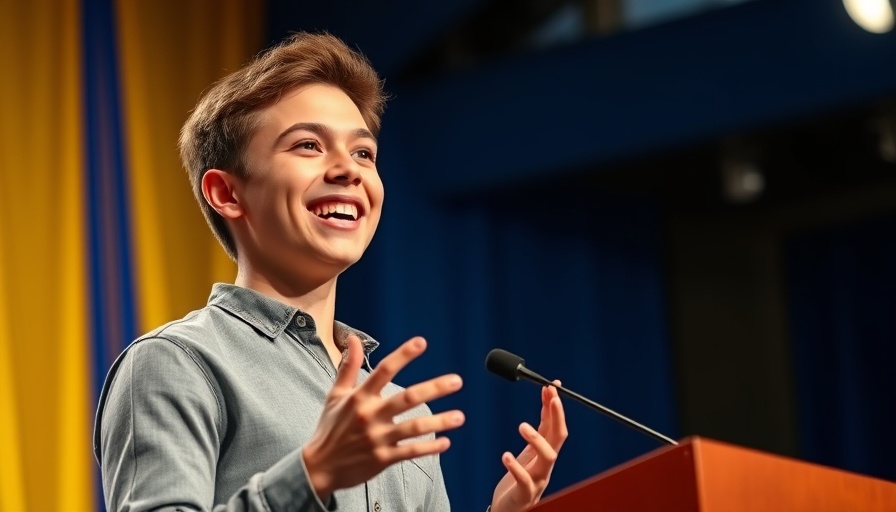
The End of the World: Lessons from Old Norse Myths
When discussing environmental challenges, one might not picture the epic tales of Viking gods battling in an apocalyptic showdown. Yet, the story of Ragnarök from Norse mythology can serve as a powerful lens through which we view our current climate crises. In a recent TED Talk, Lauren Fadiman argued that the ancient narrative does more than merely recount the end of the world; it reflects the complex realities of climate change and the resilience of humanity.
In 'Norse Mythology’s Climate Lessons for the Future', the discussion dives into the parallels between ancient myths and modern climate challenges, exploring key insights that sparked deeper analysis on our end.
Understanding Ragnarök: A Cycle of Destruction and Renewal
Ragnarök describes an impending apocalypse characterized by three relentless winters, a concept that feels alarmingly relevant in our era of record heatwaves and unpredictable weather patterns. The story tells of gods facing demise but ultimately being reborn, symbolizing the delicate balance between destruction and renewal.
This myth may not just seem fantastical; scholars link it to historical climate events, particularly around 536 CE, when Europe witnessed years of darkness and crop failures due to catastrophic volcanic eruptions. This turbulent time caused societal upheavals, inversely paralleling today's climate events which compel us to rethink our relationship with the environment.
The Preservation of Culture: How Folklore Guides Us
Fadiman highlights a crucial point: folklore is not merely a collection of stories but a time capsule of cultural heritage. Geomythology—the intersection of geology and mythology—asserts that tales like Ragnarök can provide insights into historical climate events, revealing how people grappled with environmental crises.
As we face contemporary ecological challenges, examining these ancient stories can inspire us. They remind us that our cultures and narratives can evolve. Just as Norse ancestors reshaped their pantheon to reflect changing realities, we, too, can adapt and confront our circumstances with renewed courage and innovation.
Learning from the Past: The Importance of Adaptation
In times of strife, humans often revert to familiar narratives. Ragnarök’s theme of renewal is not simply about catastrophe; it speaks to the human capacity to withstand and adapt. Like the Norse deities, we are presented with an opportunity to transform our world. How can we learn from the past to forge new paths forward in our climate journey?
In framing our current challenges, we can visualize a world where resilience survives along with culture, and adaption becomes a collective triumph. Without doubt, the stories that connect us to our ancestors can serve as the bedrock for innovative solutions.
Rethinking Our Myths: Striking a Balance
As Fadiman concludes, the legacy of tales like Ragnarök poses a unique invitation: challenge the status quo and dare to forge new symbols that reflect today’s climate discourse. The gods of our increasing global heat can be contested, reshaping the narratives we propagate and embodying the values we deem essential.
In our pursuit of sustainability and resilience, understanding our history through folklore reminds us that humanity has weathered storms before—and equipped with the lessons of the past, we can navigate the future with hope.
 Add Row
Add Row  Add
Add 




 Add Row
Add Row  Add
Add 

Write A Comment